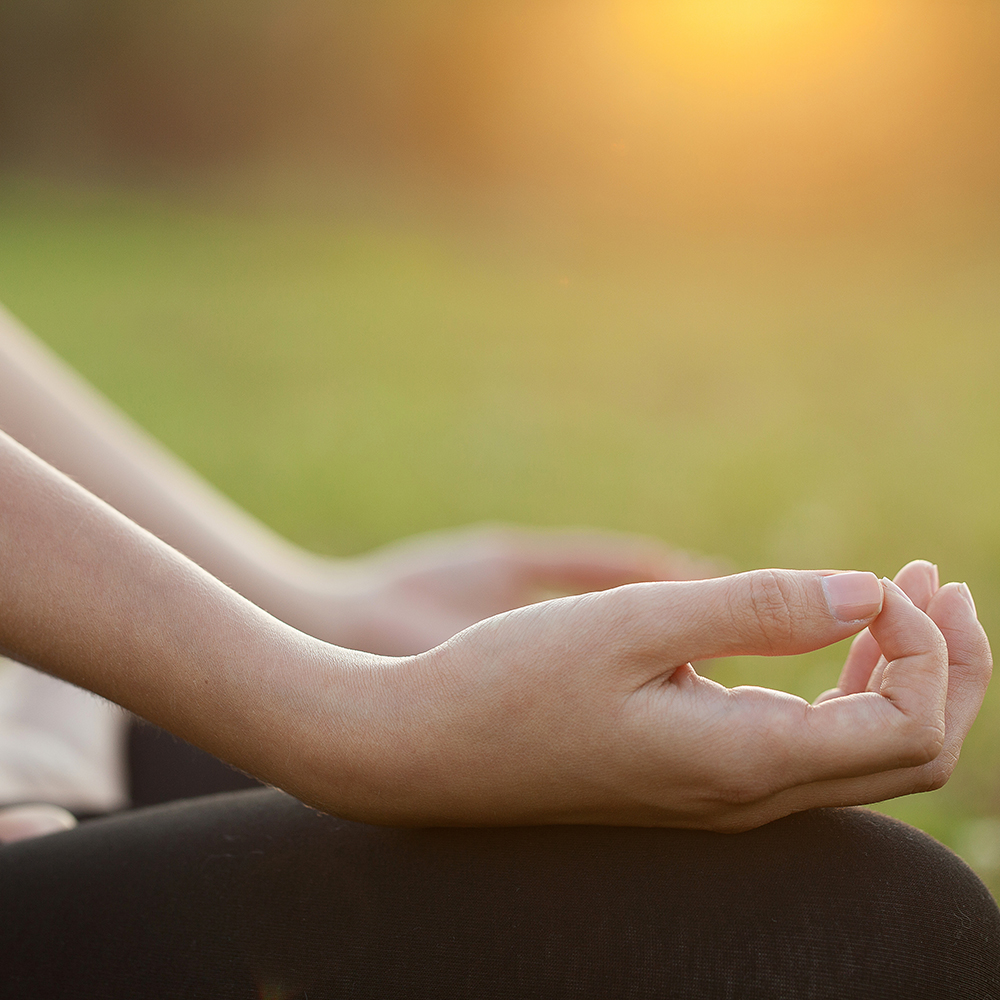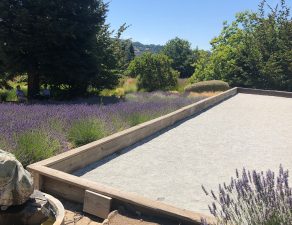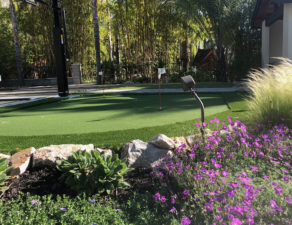
Landscaping is about more than adding curb appeal to your house. When planned appropriately, landscaping can increase your enjoyment of your home, by providing you a place for recreation or relaxation. If you think you’d enjoy an outdoor area where you can meditate or practice yoga while soaking in fresh air and sunlight, consider the following ideas as you plan your project.
Give yourself a sense of seclusion. Obviously, meditation and yoga require a private place to practice. Create a soothing space with barriers such as a living wall (link to living wall page) or thick row of hedges. These define the space while also blocking noise from the road or nearby neighbors, and being surrounded by lush greenery will soothe you and help you connect with the earth.
Examine your purpose. Do you primarily want a place to sit quietly and meditate, or would you appreciate an outdoor space for activities like practicing yoga? If you simply want to sit and meditate, a smaller space with comfortable seating will be adequate. To accommodate regular yoga practice, you will, of course, need a larger, more open area. Practicing on concrete would be uncomfortable, so a bed of soft grass or artificial turf with padding is preferred. This will also cushion your fall if you decide to attempt difficult moves like headstands!
Consider including a water feature. Listening to the sound of falling water is an age-old method of focusing the mind. Not to mention, it’s difficult to concentrate on yoga or meditation when neighborhood noises intrude upon your sanctuary! A water feature such as a waterfall or fountain helps to block obnoxious road noise, and provide you with a peaceful backdrop for relaxing activities.
Invite the sounds you do like. It’s important to block out irritating noise, but what about the sounds you do appreciate? Using bird feeders will attract birds to your yard, along with their happy chirps. Some people appreciate wind chimes for their soothing, tinkling sounds. Remember that any sounds you invite into your meditation garden should be relaxing and soothing background noise, not intrusive or distracting.
Take advantage of pleasant scents. We often think that we use our sight and hearing the most, but our sense of smell is very important too. When planning a meditation garden, you want to appeal to all of your senses. When planning your landscaping, incorporate plants that give off a scent you appreciate, such as lavender, jasmine, gardenias, or roses. You might find it helpful to stop by our nursery and sniff the plants to get an idea of your tastes.
Consider strolling gardens. Quiet reflection doesn’t need to be sedentary. Walking through a lovely garden filled with peaceful tones of white, pink, blue, and lavender can be as fulfilling as sitting in a quiet space. Walkways of decomposed granite or other aggregate material makes for an informal and unassuming way to walk. Again, planting scented plants in these gardens gives you a great way to “stop and smell the roses.”









Write a comment: